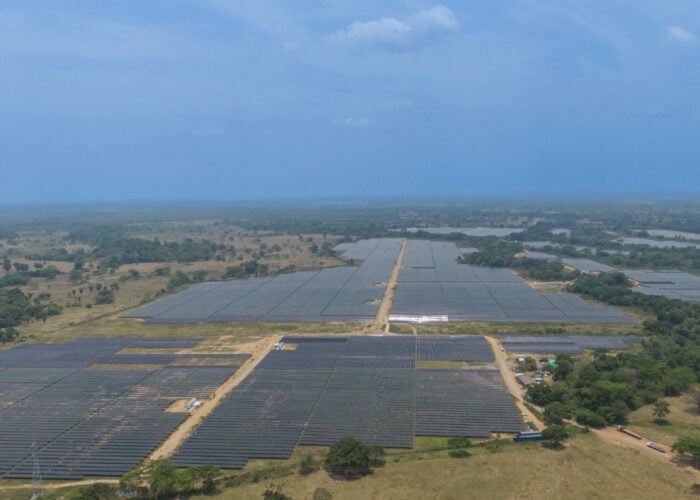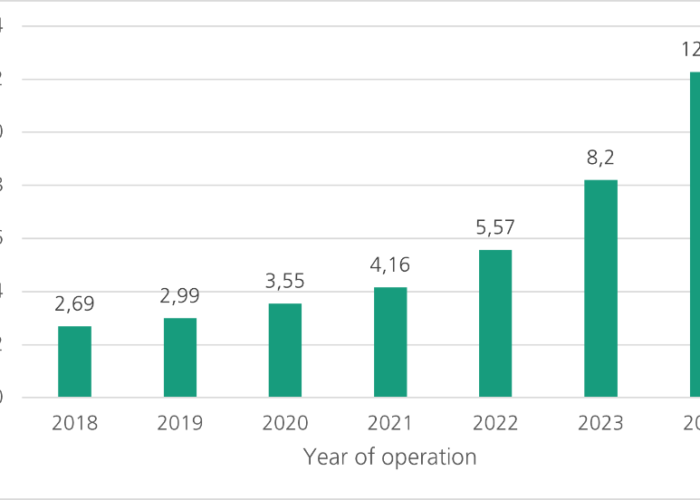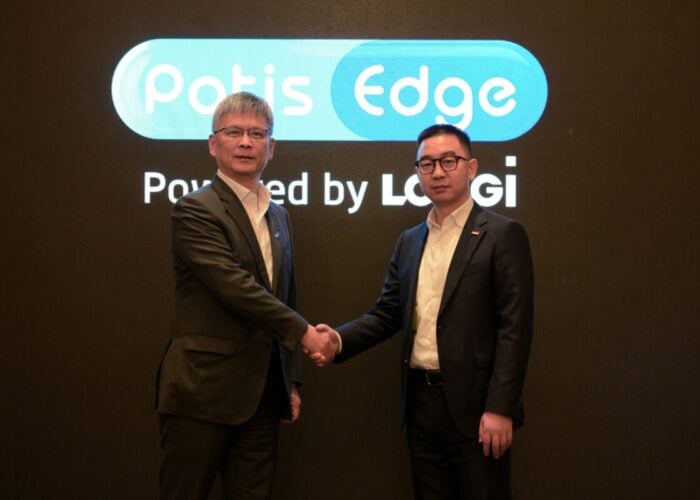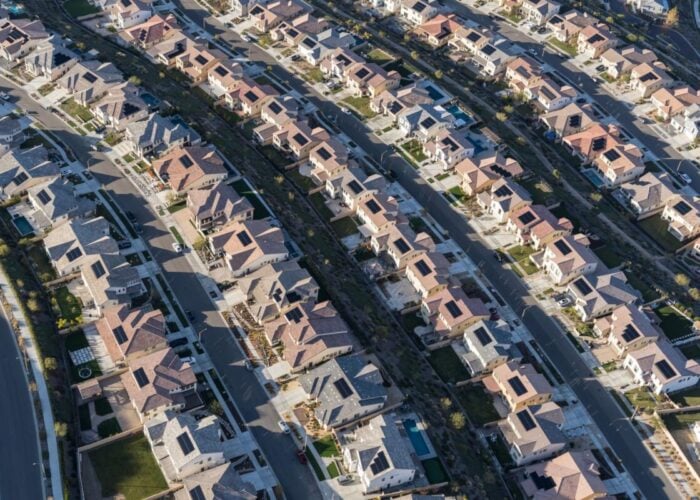The Japanese PV market’s switch from a feed-in tariff (FiT) driven, mostly utility-scale phenomenon to one based on rooftops and self-consumption was in evidence at the PV Expo trade show in Tokyo this week.
PV Tech visited the booths of major manufacturers and international household names Panasonic, Toshiba and Sharp during the exhibition. It was clear that while utility-scale PV (known as ‘mega solar’) in Japan is set to diminish in market size, with the government now confirming the introduction of annual 500MW tenders, each of the three big names was preparing to see the already strong residential market take off further and commercial PV continue to grow. The Japanese government has confirmed that FiT prices will fall to ¥21 (US$0.18)/kW this year with further drops expected next year, meaning that from then it will be as economical to self-consume onsite generated power as to sell it back to power companies.
Try Premium for just $1
- Full premium access for the first month at only $1
- Converts to an annual rate after 30 days unless cancelled
- Cancel anytime during the trial period
Premium Benefits
- Expert industry analysis and interviews
- Digital access to PV Tech Power journal
- Exclusive event discounts
Or get the full Premium subscription right away
Or continue reading this article for free
Panasonic’s booth included its latest high-efficiency ‘HIT’ branded modules for the residential market boasting conversion efficiencies as high as 19.3%. They are also branded ‘P&S’, or ‘push and slide’, which means the modules can be easily snapped into place on rooftop installations. Streamlining labour costs and installation times have been a key area where improvements have been cited as needed in Japan’s market.
While residential rooftop PV is still being installed on a feed-in tariff basis for the most part in Japan, Panasonic was marketing inverter solutions for households that are ‘battery-ready’, so that when economics dictate, system owners will be able to simply add lithium-ion batteries to their existing PV systems. Panasonic as well as Sharp was also selling so-called ‘hybrid’ inverters, which incorporate solar PV inverters and battery inverters into one package.
Also of interest on the Panasonic stand was a new set of square modules for the commercial market, specifically designed to be placed in narrow spaces on flat roofs at high altitude, including the many skyscrapers that dominate the skylines of Tokyo and other major Japanese cities. The modules are capable of withstanding strong winds and are considered suitable even for buildings more than 200 metres tall.
Zero Energy Houses and Zero Energy Buildings
Japan has introduced new Zero Energy House (ZEH) and Zero Energy Building (ZEB) standards. While last year industry sources at the show had expressed a belief that ZEH would be mandatory for all new houses built by 2020, it appears the government has scaled back its ambitions on receiving feedback from housebuilders. Instead there is a target that by that year 50% of new dwellings and new commercial buildings will be net zero energy, which still represents a sizeable opportunity in a country which builds close to one million new houses a year.
In addition to the big three profiled, many companies were presenting kits and solutions for ZEH, incorporating heating and insulation, PV and energy storage. Perhaps the most sophisticated looking was Sharp’s (pictured). Companies like Panasonic, Sharp and Toshiba, which are involved in a number of different business areas related to electronics already have many of the necessary technologies within their production and marketing capabilities and the focus on ZEH and ZEB seemed a natural fit.
Sharp business strategy manager Hideo Miki said that from his company’s point of view it was important to make ZEH kits that were not just capable of generating more power than they consumed in nominal terms, but also by using batteries making practical good use of that generated power.
Miki said that while there are some incentives available from the government for ZEH, the support scheme seems somewhat complex and requires homeowners to present evidence of the house being net zero energy before funds can be received. Sharp has also launched its own range of batteries for houses in several configurations with up to 6.5kWh of storage available in the basic models.
Toshiba’s latest ranges of products for the rooftop market included a prototype solar roofing tile, which while more conspicuous than Tesla-SolarCity’s much-hyped solar shingles, still appeared to fit neatly into rows of normal roofing tiles. Unfortunately as the tiles were not yet available to buy, Toshiba representatives also demanded that PV Tech refrain from photographing them, so we cannot show them to you.






